September is National Food Safety Month (NFSM) and a great time to make sure your kitchen and the foods you prepare in it are safe for your family.
Why is food safety so important? Proper food preparation protects against foodborne illnesses from bacteria such as E. coli, Salmonella, Campylobacter, and Listeria (which can cause diarrhea, fever, abdominal cramps, nausea, vomiting, and dehydration).
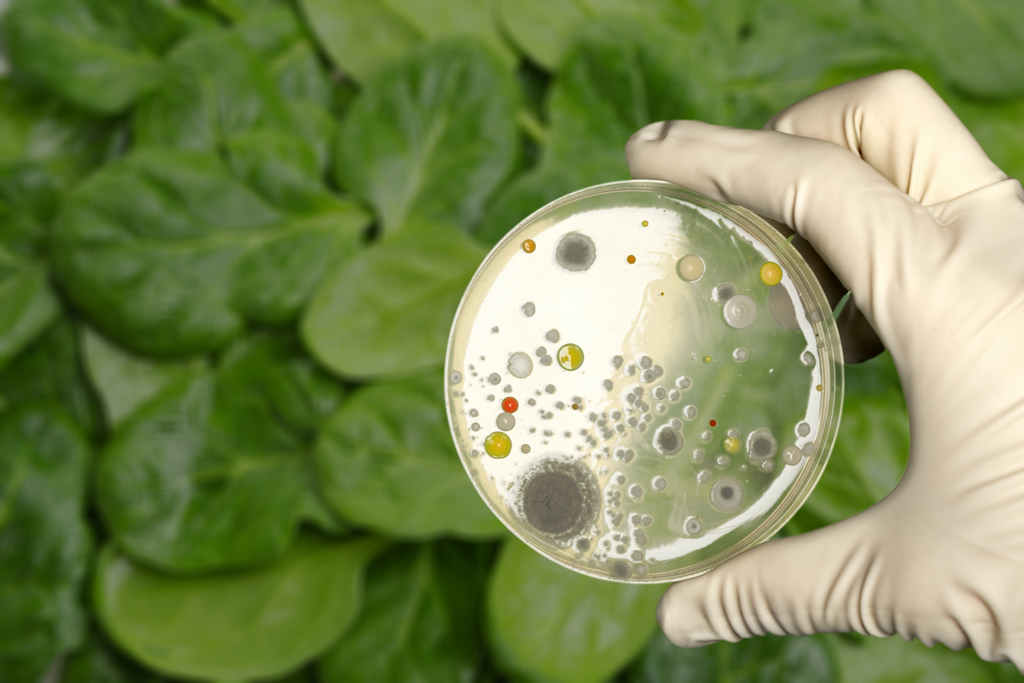 Image Source: Shutterstock
Image Source: Shutterstock What is the difference between food safety and food sanitation?
- Food safety refers to the ways in which food is prepared, cooked, chilled, served, and handled.
- Food sanitation refers to the overall cleanliness of a kitchen and/or equipment.
What is a foodborne illness?
Foodborne illness is sometimes called “food poisoning”. Foodborne illnesses are infections or irritations of the gastrointestinal (GI) tract caused by food or beverages that contain harmful bacteria, parasites, viruses, or chemicals. A foodborne illness outbreak is when two or more people get the same illness after eating the same food.
The most common causes of foodborne illness are bacteria and viruses such as Salmonella, norovirus, Clostridium perfringens, Campylobacter, Listeria monocytogenes, and Staphylococcus aureus.
- Learn about foodborne pathogens, cross contamination, cold and hot food safety, and best practices to prevent foodborne illness.
- Food Manager ANSI Certification: $99.00 - Valid in all States
- Food Handler Training: Only $7.00!
- 10% OFF: Enter Promo Code "train10off" at Checkout
According to the CDC, each year foodborne illnesses sicken 48 million Americans (approximately 17% of people in the United States) and lead to 128,000 hospitalizations and 3,000 deaths.
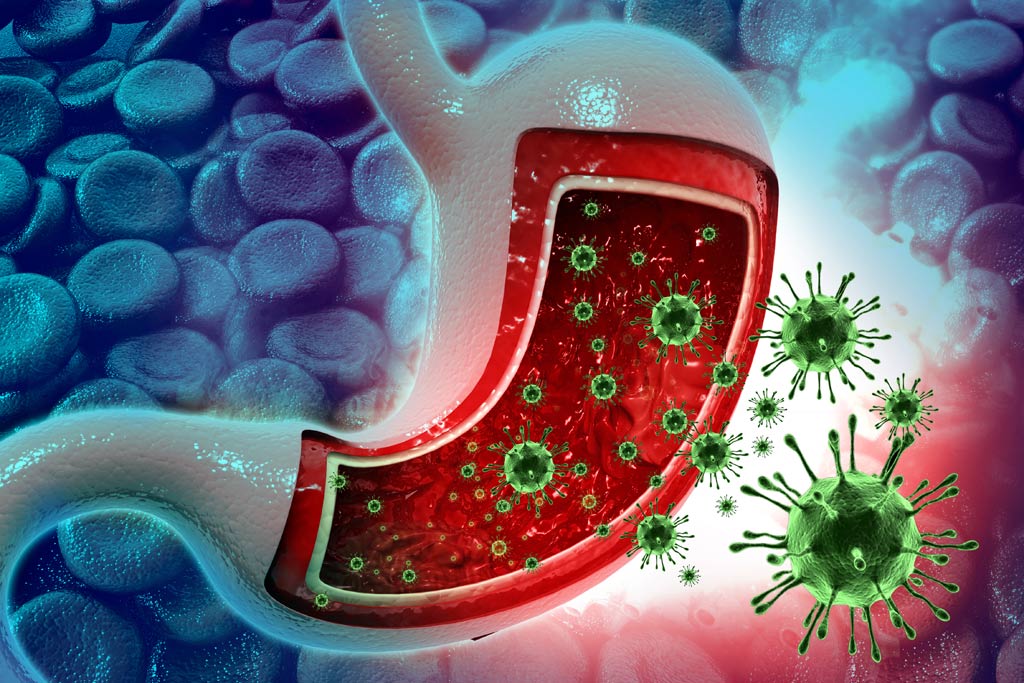 Image Source: Shutterstock
Image Source: Shutterstock What are the symptoms of foodborne illnesses?
Symptoms of foodborne illnesses depend on the cause. Common symptoms of many foodborne illnesses include:
- vomiting;
- diarrhea or bloody diarrhea;
- abdominal pain;
- fever;
- chills.
Diarrhea, fever, and abdominal cramps usually appear 12 to 72 hours after eating; may last 4 to 7 days. In people with weakened immune system, the infection may be more severe and lead to serious complications, including death.
 Image Source: Shutterstock
Image Source: Shutterstock Which people are at higher risk for foodborne illnesses?
Anyone can get a foodborne illness. However, some people are more likely to develop foodborne illnesses than others, including:
- infants and children;
- pregnant women and their fetuses;
- older adults;
- people with weak immune systems.
These groups also have a greater risk of developing severe symptoms or complications of foodborne illnesses.
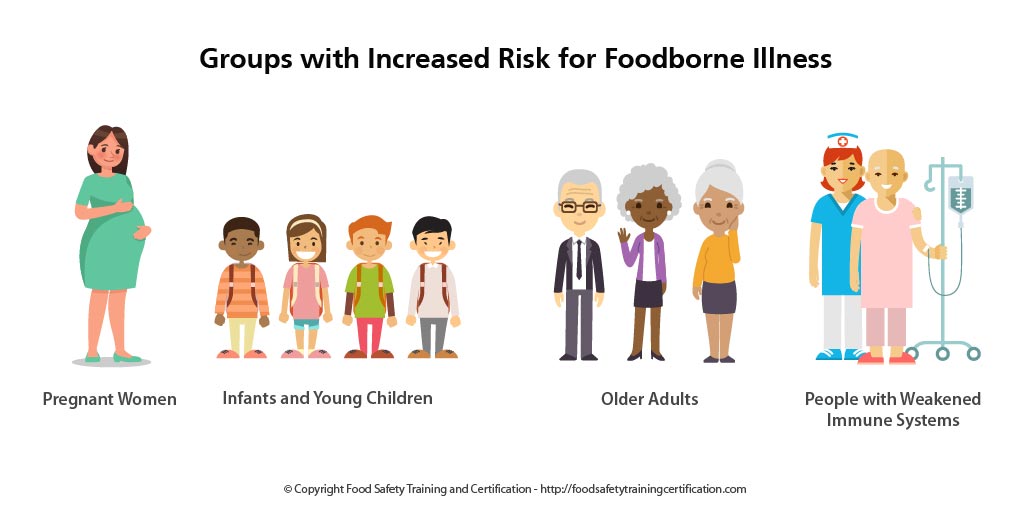
What are food contaminants?
- Biological: Biological pathogens are the greatest threat to food safety. They include viruses, parasites, fungi, and bacteria.
- Chemical: Foodservice chemicals can contaminate food if they are used incorrectly. This group includes cleaners, sanitizers, polishes, machine lubricants and toxic metals.
- Physical: Foreign objects like hair, finger nail, dirt, bandages, metal staples, and jewelry.
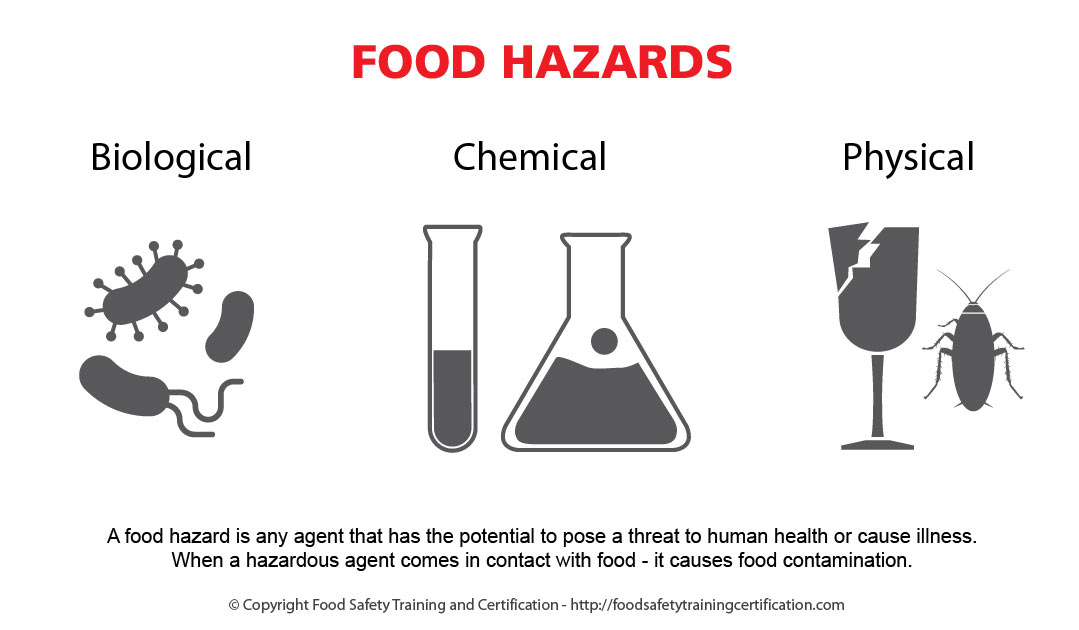
What are the steps to food safety?
There are four main steps to help keep food safe:
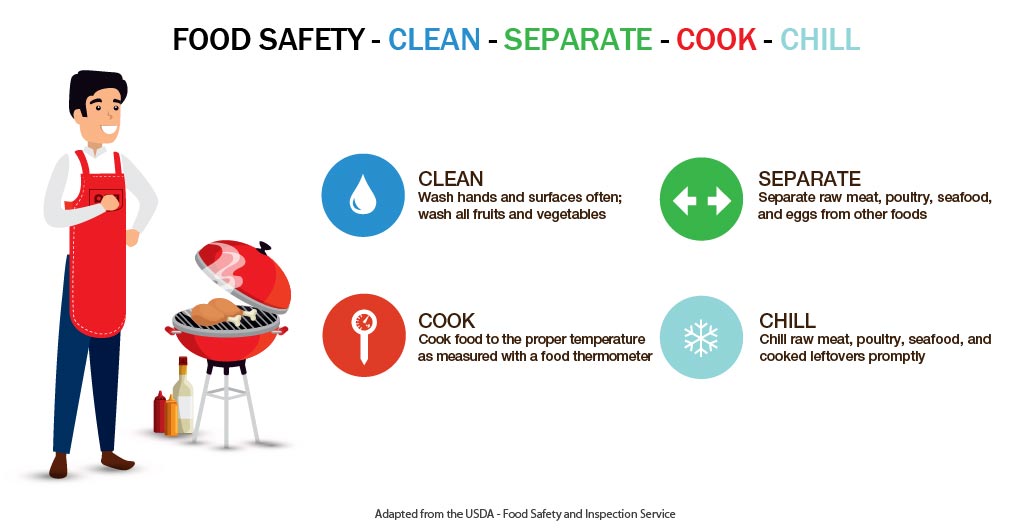
1) Clean
Keeping clean when cooking and preparing food is important. Remember to:
- Wash your hands before and after handling food
- Clean cutting boards and utensils
- Wash all surfaces that have come in contact with potentially hazardous foods
2) Separate
Separating different types of foods (like raw meats and ready-to-eat fruits) can help prevent cross-contamination.
- Use separate cutting boards for foods
- Keep raw meats away from other foods in your shopping cart
- Store ready-to-eat foods above raw meats and eggs in the refrigerator
3) Cook
Food is safely cooked when it reaches a high enough internal temperature to kill the harmful bacteria that cause foodborne illness. Use a food thermometer to measure the internal temperature of cooked foods.
4) Chill
Chill foods quickly and keep them below 41°F to help keep foods safe. Also, store foods in refrigerator in proper order to help prevent cross contamination:
- Ready-to-eat and pre-cooked foods (store at top of fridge)
- Eggs, fish, whole meats (beef, pork, lamb)
- Ground beef, ground pork
- Poultry (store at bottom of fridge)
Most Common Food Safety Mistakes
According to the FDA, here are some of the most common food safety mistakes to avoid:
- Not washing your hands.
Sixty-five percent of consumers don’t wash their hands before starting meal preparation. You should wash your hands (for at least 20 seconds) with warm water and soap before and after handling food. Germs on your hands can contaminate the food you and your family eats. - Eating raw cookie dough (or other foods with uncooked eggs).
Uncooked eggs can contain Salmonella or other harmful bacteria. It takes just 15 to 20 tiny cells in undercooked food to cause food poisoning. - Undercooking meat, poultry, seafood or eggs.
Food must be cooked to a high enough temperature to kill harmful bacteria. Use a food thermometer to ensure food reaches a safe internal temperature. - Thawing food on the counter.
Bacteria can multiply rapidly at room temperature. See Foodsafety.gov’s tips here for thawing food safely. - Washing raw meat, poultry or eggs.
Doing this can spread bacteria onto your sink, countertops and other surfaces in your kitchen. - Putting cooked meat, poultry or seafood back on a plate that held raw meat products.
Germs from the raw meat can spread to the cooked meat. Always use separate plates for raw meat and cooked meat. - Tasting food to see if it’s still good.
You can’t taste, smell or see the bacteria that cause food poisoning, and tasting a tiny amount can cause illness. - Letting food cool before putting it in the fridge.
Illness-causing bacteria can grow in perishable foods within two hours unless you refrigerate them. - Marinating meat or seafood on the counter.
Harmful germs in meat or seafood can multiply extremely fast at room temperature. Always marinate meat or seafood in the refrigerator. - Using raw meat marinade on cooked food.
Germs from the raw meat or seafood can spread to the cooked food. You can reuse marinade only if you bring it to a boil just before using.
